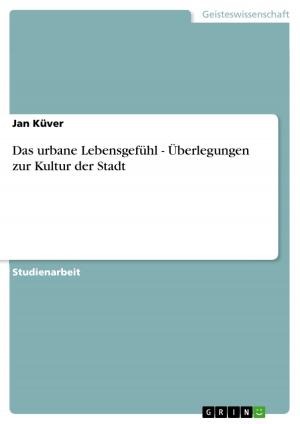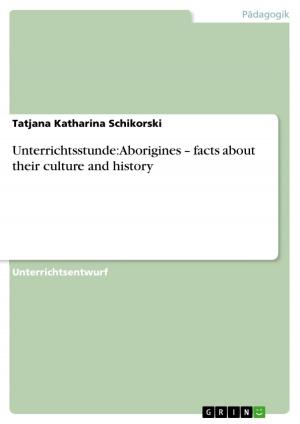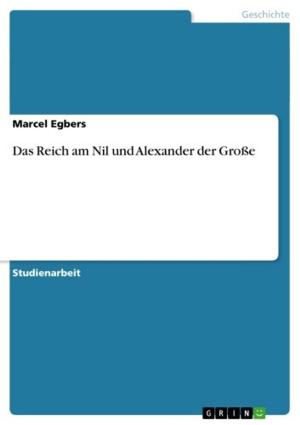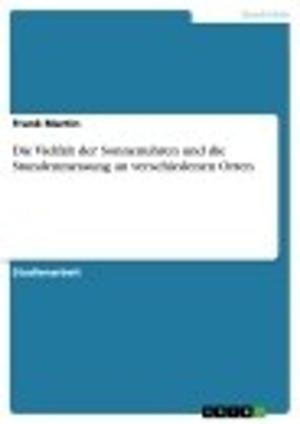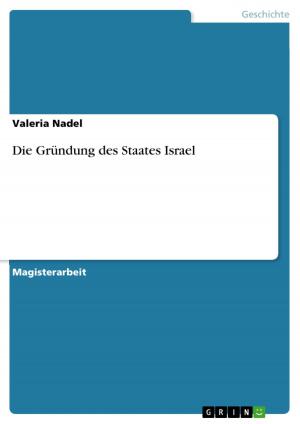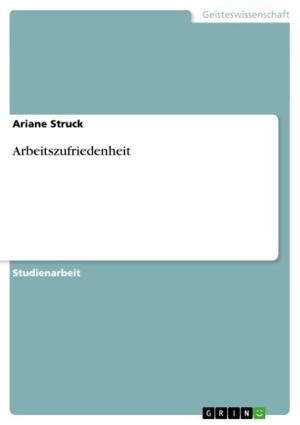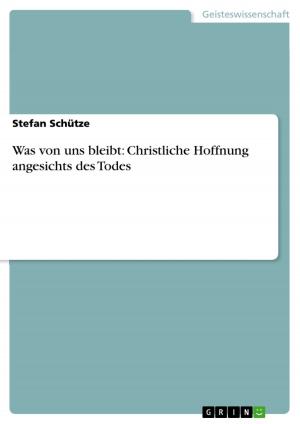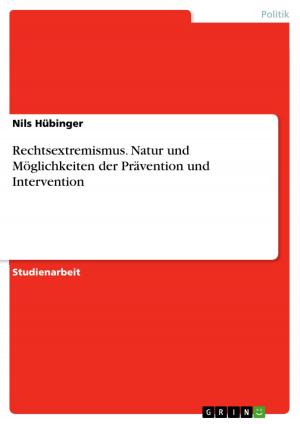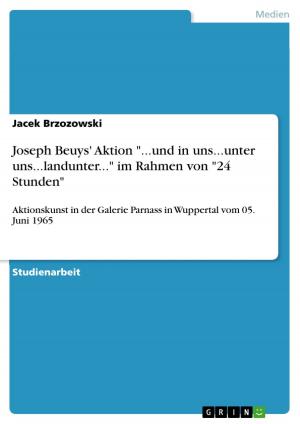Tok Pisin. From Simplified English to Complex Language
From Simplified English to Complex Language
Nonfiction, Entertainment, Drama, Anthologies| Author: | Cornelia Trefflich | ISBN: | 9783640866601 |
| Publisher: | GRIN Verlag | Publication: | March 14, 2011 |
| Imprint: | GRIN Verlag | Language: | English |
| Author: | Cornelia Trefflich |
| ISBN: | 9783640866601 |
| Publisher: | GRIN Verlag |
| Publication: | March 14, 2011 |
| Imprint: | GRIN Verlag |
| Language: | English |
Seminar paper from the year 2005 in the subject English Language and Literature Studies - Linguistics, grade: 1,3, University of Leipzig (Anglistik), course: Pidgin and Creole Englishes, language: English, abstract: Tok Pisin is an English based Creole Language spoken by more than two million people throughout Papua New Guinea. Besides English and Hiri Motu, it is recognised as one of the official languages of a country counting about 800 indigenous languages. Also known as Melanisian Pidgin English, New Guinea Pidgin or Neo-Melanesian, the language has gained considerable prestige since the Second World War and and is now widely used as the preferred national language. After a short historical and socio-cultural illustration, the phonological and lexical developments and their change over time will be discussed. Furthermore, an overview of the most important morphological and syntactical features and tendencies will be given. Due to the renewed contact between English and Tok Pisin, further transformations are taking place, possibly leading to the establishment of two distinct varities of the language.
Seminar paper from the year 2005 in the subject English Language and Literature Studies - Linguistics, grade: 1,3, University of Leipzig (Anglistik), course: Pidgin and Creole Englishes, language: English, abstract: Tok Pisin is an English based Creole Language spoken by more than two million people throughout Papua New Guinea. Besides English and Hiri Motu, it is recognised as one of the official languages of a country counting about 800 indigenous languages. Also known as Melanisian Pidgin English, New Guinea Pidgin or Neo-Melanesian, the language has gained considerable prestige since the Second World War and and is now widely used as the preferred national language. After a short historical and socio-cultural illustration, the phonological and lexical developments and their change over time will be discussed. Furthermore, an overview of the most important morphological and syntactical features and tendencies will be given. Due to the renewed contact between English and Tok Pisin, further transformations are taking place, possibly leading to the establishment of two distinct varities of the language.


